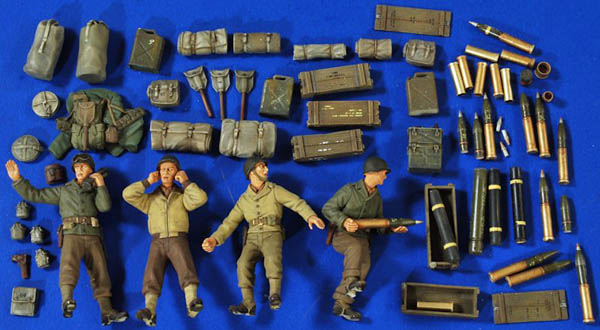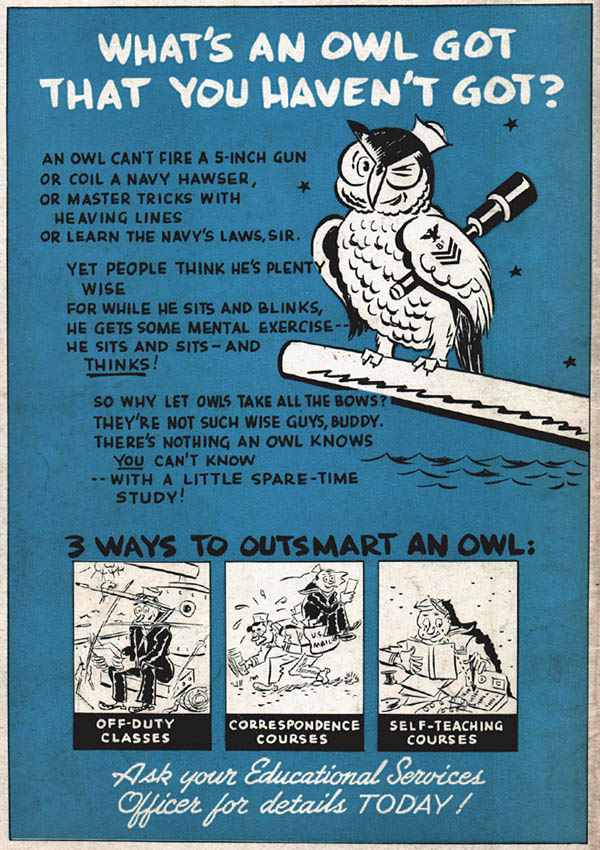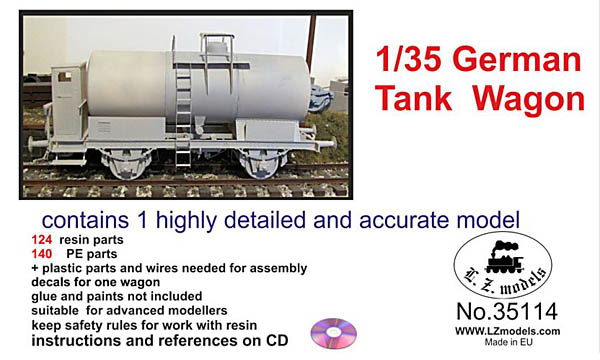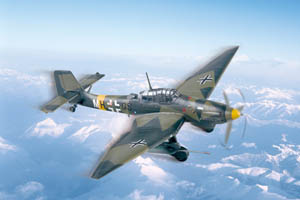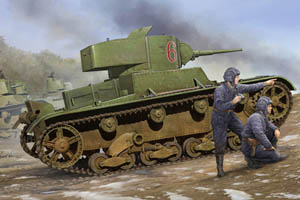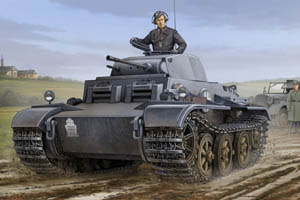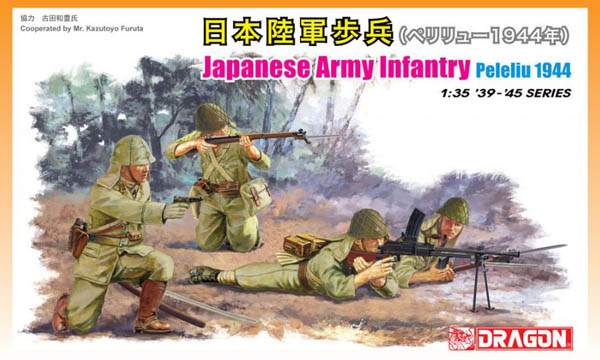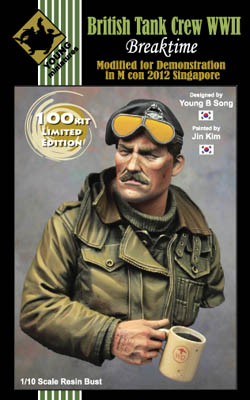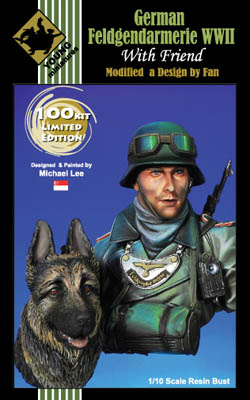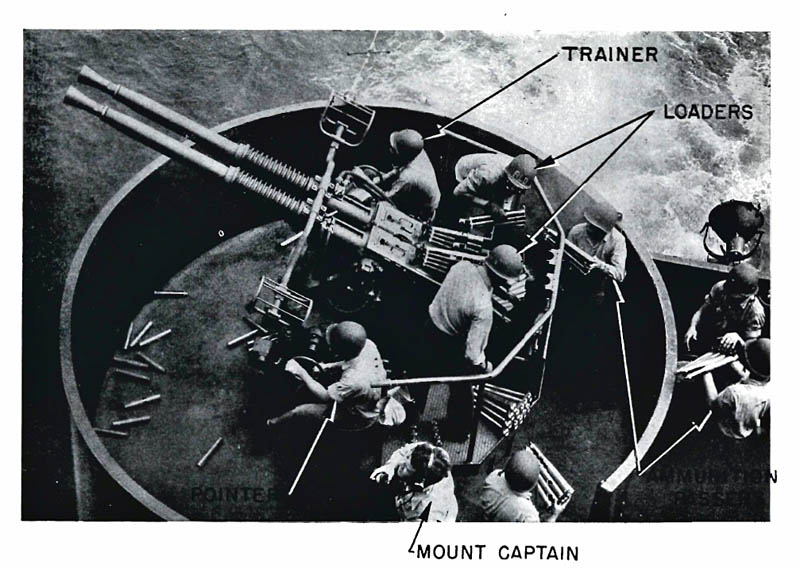
fire control notes and comments…
Excerpts from ship reports with comments by the Bureau of Ordnance.
ON THE RADAR MARK 12
There is no comparison between the Mark 12 and the Mark 4 equipment in the ability to pick up targets at long range. Destroyers of the MAHAN and BUCHANAN types have been picked up consistently and easily in the 25,000 to 30,000 yard range band, in complete darkness, on CIC designation. “The maximum range on a DD recorded to date is 30,000 yards. Larger targets have not been tracked to extreme ranges.
A series 60 sled with radar screen was tracked easily to 20,000 yards. Aircraft are easily tracked to 55,000 yards. A drone was picked up at 36,000 yards over land. Approaching aircraft of combat types are easily detected at 40,000 yards.
The improved performance of the Mark 12 radar over the Mark 4 radar is due to the difference in transmitted peak power, the Mark 12 power being four times that of the Mark 4. This factor alone should increase range performance on targets above the horizon by about 40 per cent. The higher frequency also improves antenna gain.
ON TARGET WITH SEARCH RADAR HELP
A considerable amount of drill at picking up planes from search radar designation has been carried out, with extremely encouraging results. The average time to get the director on a low-flying plane at a range of 10 miles is about 25 seconds. That time includes training the director at least 90 degrees.
During a very recent drone firing one director picked up the drone over land at 35,000 yards. The plane had immediately faded on the SK radar, but the Mark 12 got the target, and a good Baker run was eventually fired.
The Mark to true bearing indicator now installed in Mark 37 directors is very helpful in picking up targets from CIC designation.
The pip-matching indication, superimposed oil the long range sweep on the train and elevation scopes was particularly designed to improve target acquisition. This presentation gives the pointer and trainer a complete view of all targets in the radar beam, and enables them to start getting on target before the target pip is notched. When notched, a change to “spot” or “meter” indication for more accurate tracking can be made.
DIRECTORS ON SEARCH RADAR PHONE CIRCUITS
During the night of 21 February 1944, while under plane attack off Saipan, the forward Mark 34 director, equipped with a Mark 8 radar, was able to pick up and track low-flying planes at will. Contacts were made as far out as 14,000 yards, generally between 6,000-8,000 yards, tracked as close as 1,900 yards, and then as far out as 25,000 yards (opening). Naturally, getting “on” was the most difficult problem due to the delay in surface and air search ranges and bearings reaching the directors from the radars through CIC. This lag was greatly reduced by the directors cutting in on the search radar phone circuits.
The ease with which the director crew tracked these low-flying planes offers serious possibilities worth investigating, of using the generated ranges resulting from such tracking in assisting the 40mm and 20mm gun batteries in opening fire.
NURSING MACHINE GUN BATTERIES ON LOW-FLYING AIRCRAFT
Single low-flying planes of both twin and single engine type, can be tracked from 15,000 yards on into the ship. The relative bearing and range obtained from the main battery directors is used to get the machine gun battery “on” low-flying night torpedo planes. The Mark 8 radar in some measure fills the need for information on enemy planes when they close within 6,000 to 8,000 yards, data not obtainable from the SK.
In one instance fire was opened at 1,900 yards using this information when it is believed the target would not normally have been seen until the range closed to 1,000 yards.
